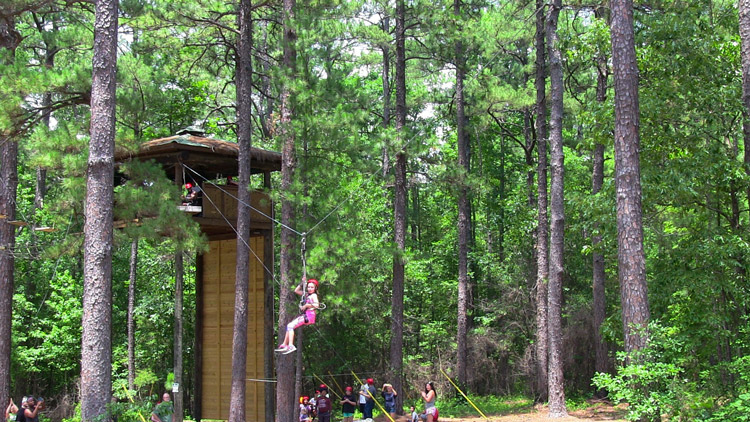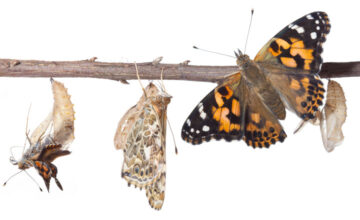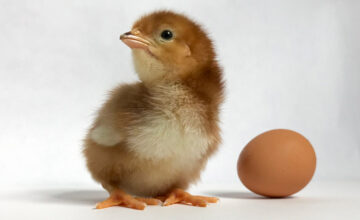
Teacher
Virtual
Age
Ages 7-13
Duration
50 minutes
Pine Forest Ecology
Did you know that Millstone 4-H Camp is located in one of the most beautifully restored Longleaf Pine forests in the southeastern US? Did you also know that Longleaf Pine forests are home to many rare plant and animal species?
In this session, students will explore this unique pine forest ecosystem along with the help of a wildlife expert at Millstone 4-H Camp. Students will explore how and why the Longleaf Pine declined in the 20th century and how restoring these important trees helps many different species.
This session aligns with the following NC teaching standards for grades 2 through 7
Second Grade
- Science 2.L.1 Understand animal life cycles
- Science 2.L.2 Remember that organisms differ from or are similar to their parents based on the characteristics of the organism.
- Social Studies 2.G.2 Understand the effects of humans interacting with their environment
- Language Arts L.2.4 Determine and/or clarify the meaning of unknown and multiple-meaning words and phrases based on grade 2 reading and context, choosing flexibility from an array of strategies: context clues, word parts, word relationships, and reference materials
Third Grade
- Science 3.L.2 Understand how plants survive in their habitats
- Language Arts SL.3.2 Determine the main ideas and supporting details of a text read aloud or information presented in diverse media and formats, including visually, quantitatively, and orally
- Language Arts L.3.4 Determine and/or clarify the meaning of unknown and multiple-meaning words and phrases based on grade 3 reading and content, choosing flexibly from a range of strategies: context clues, word parts, word relationships, and reference materials
- Language Arts L.3.6 Acquire and use accurately grade-appropriate conversational, general academic, and domain-specific words and phrases, including those that signal spatial and temporal relationships
- Social Studies 3.G.1.6 Understand the earth’s patterns by using the 5 themes of geography
Fourth Grade
- Science 4.L.1 Understand the effects of environmental changes, adaptations, and behaviors that enable animals (including humans) to survive in changing habitats
- Language Arts RI.4.7 Interpret information presented visually, orally, or quantitatively and explain how the information contributes to an understanding of the text in which it appears
- Language Arts RI.4.4 Determine the meaning of general academic and domain-specific words or phrases in a text relevant to a grade 4 topic or subject area
- Language Arts L.4.4 Determine and/or clarify the meaning of unknown and multiple-meaning words and phrases based on grade 4 reading and content, choosing flexibly from a range of strategies: context clues, word parts, word relationships, and reference materials
- Language Arts L.4.6 Acquire and use accurately grade-appropriate general academic and domain-specific words and phrases, including those that signal precise actions, emotions, or states of being and that are basic to a particular topic
Fifth Grade
- Science 5.L.1 Understand weather patterns and phenomena, making connections to the weather in a particular place and time
- Science 5.L.2 Understand the interdependence of plants and animals with their ecosystem
- Language Arts SL.3.2 Determine the main ideas and supporting details of a text read aloud or information presented in diverse media and formats, including visually, quantitatively, and orally
- Science 5.L.2 Understand the interdependence of plants and animals with their ecosystem
- Language Arts RI.5.4 Determine the meaning of general academic and domain-specific words and phrases in a text relevant to a grade 5 topic or subject area
- Science 5.L.3 Understand why organisms differ from or are similar to their parents based on the characteristics of the organism
Sixth Grade
- Science 6.L.1 Understand the structures, processes, and behaviors of plants that enable them to survive and reproduce
- Science 6.L.2 Understand the flow of energy through ecosystems and the responses of populations to the biotic and abiotic factors in their environment
- Language Arts RI.6.4 Determine the meaning of words and phrases as they are used in a text; analyze the impact of specific word choice on meaning
- Language Arts SL.6.2 Interpret information presented in diverse media and formats and explain how it contributes to a topic, text, or issue under study
- Language Arts L.6.4 Determine and/or clarify the meaning of unknown and multiple-meaning words and phrases based on grade 6 reading and content, choosing flexibly from a range of strategies: context clues, word parts, word relationships, and reference materials
- Language Arts L.6.6 Acquire and use accurately grade-appropriate general academic and domain-specific words and phrases; develop vocabulary knowledge when considering a word or phrase important to comprehension or expression
Seventh Grade
- Language Arts L.7.6 Acquire and use accurately grade-appropriate general academic and domain-specific words and phrases; develop vocabulary knowledge when considering a word or phrase important to comprehension or expression
- Science 7.L.1 Understand the processes, structures, and functions of living organisms that enable them to survive, reproduce and carry out the basic functions of life
- Science 7.L.2 Understand the relationship of the mechanisms of cellular reproduction, patterns of inheritance, and external factors to potential variation among offspring
- Language Arts L.7.4 Determine and/or clarify the meaning of unknown and multiple-meaning words and phrases based on grade 7 reading and content, choosing flexibly from a range of strategies: context clues, word parts, word relationships, and reference materials
- Language Arts L.7.6 Acquire and use accurately grade-appropriate general academic and domain-specific words and phrases; develop vocabulary knowledge when considering a word or phrase important to comprehension or expression



